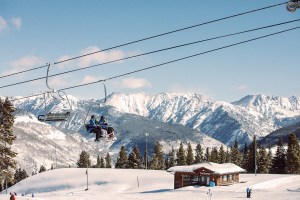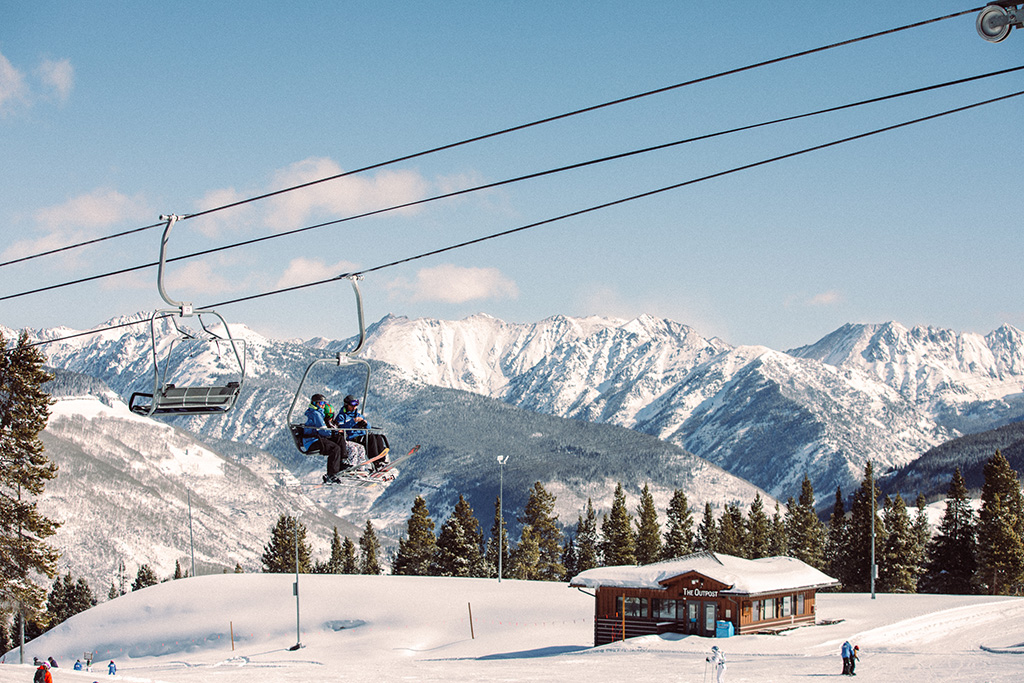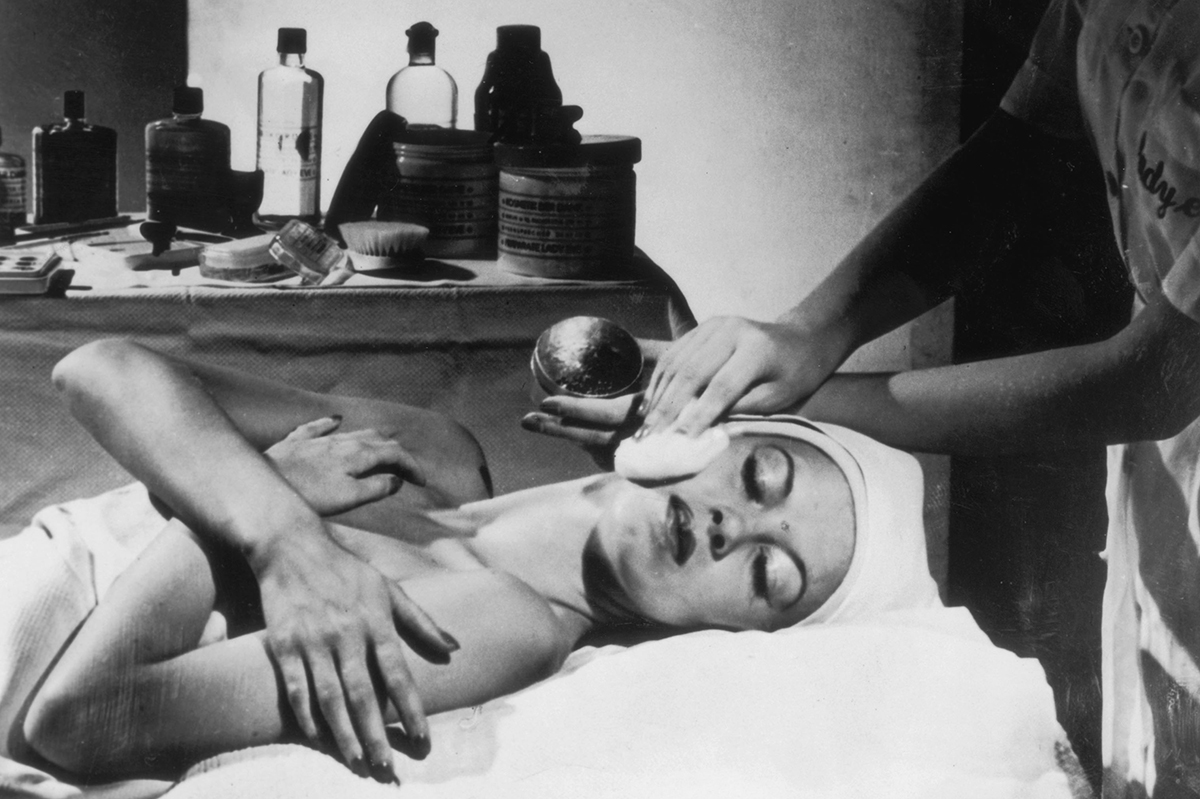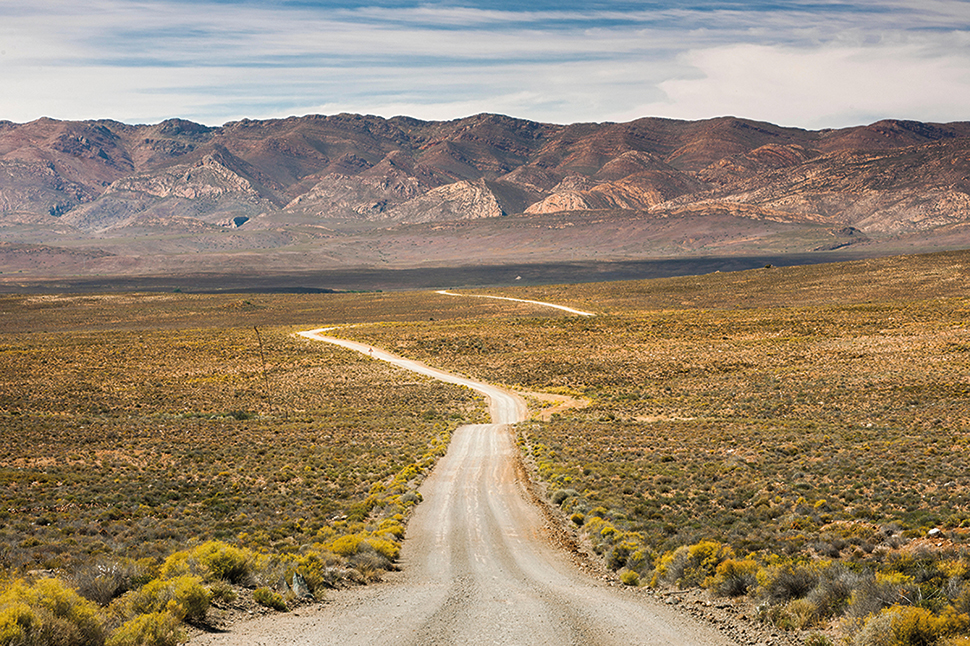Twice daily, a small jet plane leaves Chicago O’Hare, flies just west of the confluence of the Tennessee and Ohio rivers and touches down at Barkley Regional Airport. Passengers are escorted across the tarmac into the tiny two-gate terminal and mill about while they wait for the exceedingly slow baggage claim. If you’re lucky, the kindly older woman at the rental car desk upgrades your SUV to a pick-up truck. Step outside for a smoke while you wait, and the local policeman offers you a chat rather than a hassle. Eventually, your patience is rewarded, your bags are loaded up and you get to head out and explore the largest city in the Jackson Purchase region.
Paducah, Kentucky, was a vital commercial hub before the Civil War and the sole Whig stronghold in western Kentucky, a region that became an enclave for poor whites displaced by the Bluegrass elite. The city would be all but destroyed twice in less than a century: once during the 1864 Battle of Paducah when Confederate general Nathan Bedford Forrest raided it for supplies, and again in 1937 when the Ohio River flooded and left 95 percent of the town underwater. Despite its difficult history, Paducah was rebuilt into the medical, economic and cultural center it is today. Venture downtown and you will find the aptly named “Floodwall Murals” featuring richly painted panels of history. They’ve managed to remain unmarred by graffiti since the first phase was completed in 2001, a rare feat in most of the country, demonstrating the pride of Paducah’s citizens.
We visited Paducah over Easter weekend. Our first stop was Backwoods BBQ for some impossibly tender pulled pork (Starnes is the more famous of the local joints, but was slightly out of our way). Like most regions in the South, western Kentucky puts its own unique spin on barbecue. Pork is king, with mutton a close second, and sauces lean on vinegar and pepper and boast a sweet finish. The Backwoods pork went great with the Willett Family Estate Rye we snagged from a family-owned liquor store. Southern Baptist culture dictates that we don’t talk about that, though. Shh!
If you’re craving something a bit more sophisticated than smoked meat (but why would you?), the Freight House opened in 2015 and offers a more contemporary style than you might expect. Chef Sara Bradley worked under Michelin-star chefs in New York and Chicago before returning home to Paducah to open her own restaurant. You can’t go wrong with any of the bourbon-based cocktails — a server recommended the “Oh Brother, Where Art Thou?,” a down-home version of a New York Sour that mixes bourbon and local honey and finishes it with a pour of pinot noir: perfect for a cool, late-spring night. The deviled eggs are inventive, topped with raspberry jam and jalapeño, but other southern dishes are done more traditionally: the duck gumbo boasts a flavorful, dark roux, and the braised pork shoulder comes with the classic black-eyed peas and collard greens. Just a few blocks away sits Doe’s Eat Place, which was first established by the Signa family in 1941 in Greenville, Mississippi. During segregation, the front of the store operated as a honky-tonk serving chili and tamales to black folks, while the rear slowly became a steak restaurant for whites. The Signa family opened up the Paducah branch of the restaurant in the mid-2000s using the same famous tamale recipe and churning out monster cuts of beef.
Paducah is distinctly working class — McCracken County was a Democratic stronghold until the 2016 election when it broke 66 percent for Trump. The city also has a thriving arts district that makes it a popular tourist destination. Paducah has its own symphony orchestra, and the Paducah Quilt Museum is recognized as one of the world’s top quilt displays (the annual QuiltWeek attracts tens of thousands of quilters).
Lower Town, one of the city’s oldest residential neighborhoods, demonstrates what a little creativity can do for a dilapidated area. In 2000, the local government launched the Artist Relocation Program, which offered incoming artists Greek Revival, Gothic Revival and Queen Anne-style historic homes at low prices. These architectural treasures now double as shops, boutiques, and galleries and are a sight to see when the twelve-mile Dogwood Trail is in full bloom.
It’s a shame to hear that although Barkley Regional is building a new terminal, United Airlines will cease its service to Paducah, leaving the airport without a carrier. There are few better places for a city slicker to visit for a soul revival. We found ours during the Easter Sunrise service at Immanuel Baptist Church, waiting for the orange to peek through the stained-glass windows and reveal the cross. Christ is risen!
This article was originally published in The Spectator’s July 2022 World edition.

























